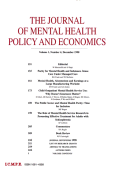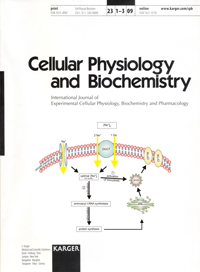
“Cannabis enables and enhances the subjective sense of well-being by stimulating the endocannabinoid system (ECS), which plays a key role in modulating the response to stress, reward, and their interactions.
The recent shift toward legalization of medical or recreational cannabis has renewed interest in investigating the physiological role of the ECS as well as the potential health effects, both adverse and beneficial, of cannabis.
Here we review our current understanding of the ECS and its complex physiological roles.
We discuss the implications of this understanding vis-á-vis the ECS’s modulation of stress and reward and its relevance to mental disorders in which these processes are disrupted (i.e., addiction, depression, posttraumatic stress disorder, schizophrenia), along with the therapeutic potential of strategies to manipulate the ECS for these conditions.”











